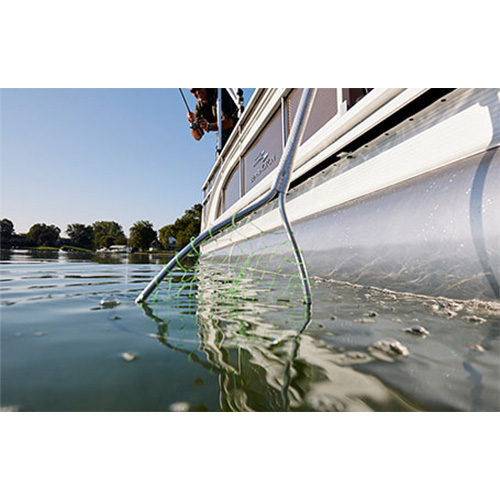
How to Save a Drowning Victim
We who love the water must always be aware of the danger of drowning. Even strong swimmers can encounter situations in which they are unable to swim. For anyone, child or adult, a temporary loss of control or presence of mind or a feeling of panic can create a potentially fatal situation.
The signs of drowning are subtle. The victim does not wave his or her arms in the air and shout "Help me! I'm drowning!" Instead, one must look for signs like these:
- The head is low in the water, possibly tilted back.
- The mouth is open and at water level.
- The eyes are either closed or unfocused. The victim is not looking at the potential savior.
- Only the arms are keeping the victim above water. The legs are hanging vertical.
- The victim is gasping.
If you see these signs, act immediately. Do not wait to see if the swimmer "pulls it together." You've got only seconds in which to take effective action.
Call for Help
The first thing to do is call for help. Shout it out loud. Let a lifeguard know. If you're capable of taking direct action, tell someone else to call 911. Do not shout "Someone call 911." Everyone within earshot may assume that someone else will do it. You must address one individual: "You -- grab your phone and call 911 right now to report a drowning in progress." Then get moving.
Extend Your Reach
Even if you're trained in lifesaving, you want to avoid getting close to the drowning victim. They are, after all, panicking, and could grab hold of you -- and then you're both in trouble. If you can reach the victim with a pole, a rope, or a branch, do that. It's not uncommon for a drowning situation to occur within just a couple feet of a dock or the side of a pool. In such cases, even a towel may be long enough for the victim to grab hold of.
Throw a Rope
Most pools and roped-off swimming areas have safety rings available. These are attached to long ropes. Throw the ring underhand or sidearm, being careful not to hit the victim. The object is to get the rope to them, not the ring itself. If you're sure you can do it without hitting them, throwing the ring over the victim is a good idea, because then the rope will fall right on top of them.
If you have a rope without a ring on the end, coil it loosely. Hold the loose end and throw the coils. You can't throw the loose end of a rope more than a few feet.
Row or Paddle
If the drowning victim is too far away to reach with a rope, get in a boat and row or paddle to the victim. Take care not to hit the victim with the boat. If you're in a kayak or canoe, beware of the victim trying to climb in and capsizing the craft. Approach the victim head on and have him or her grab the boat from the end, not the side. Unless you're in a wide, stable boat, do not attempt to bring the victim aboard. Instead, tow him while he maintains hold of the end of the boat.
Hands-On is a Last Resort
Unless you're trained in lifesaving techniques, a personal, hands-on rescue should be the last resort. Still try to maintain distance from the victim by offering the end of a towel, a rope, or a t-shirt, and use that to tow him to safety. If you must take hold of the victim directly, grab his wrists so that he cannot grab you.
Giving First Aid
If the victim is unconscious and not breathing, begin CPR immediately when you get to land or aboard a large, stable boat. If the victim is conscious and appears to be breathing freely, do not assume everything is okay. A substantial amount of water could be in the lungs, and this could cause a delayed drowning response even hours later. Get medical attention immediately.
We hope you never need this advice, but we urge you to be prepared and to become trained in CPR. The American Red Cross offers CPR training in many parts of the country. Find one near you and sign up.
Click here to find a Bennington dealer near you.












